Introduction

The beginning of 2023 was marked by the first Legends of Runeterra card rotation, and the game was separated into two formats: Eternal and Standard. Formats that reduce the number of cards available to play is a common practice in both digital and physical card games, and each game approaches this in different ways.
In LoR's case, the card rotation was very similar to Hearthstone's, leading everyone to believe that, in fact, this rotation format is ideal for a digital card game. But is that true?
We will take a closer look at how the rotation in Legends of Runeterra has been so far, and whether Riot Games has managed to achieve all the goals proposed at the beginning of the year for the game.
Rotation

The main goal of card rotation in LoR comes down to better organizing the game, both for players and for developers. And as we mentioned before, reducing the number of cards available in a game format is quite common.
Fewer cards mean less possible problems like bugs, unexpectedly strong combos, and less competitive players frustrated with the number of cards they must play around.
Another very strong argument used by Riot to defend the rotation was fixing the identity of each region in the game. Not that they need to be fixed, but if any region-specific effects or interactions become dated, or start to be problematic for the game, rotating these problematic cards makes room for others that appeal to the identity the developers want to force onto the region.
A good example of this was the aggressive identity of the Shadow Isles region - the vast majority of aggressive Fearsome followers in the region are in the Eternal format, as Riot wanted for the 2023 rotation that this region to be exclusively control-based.
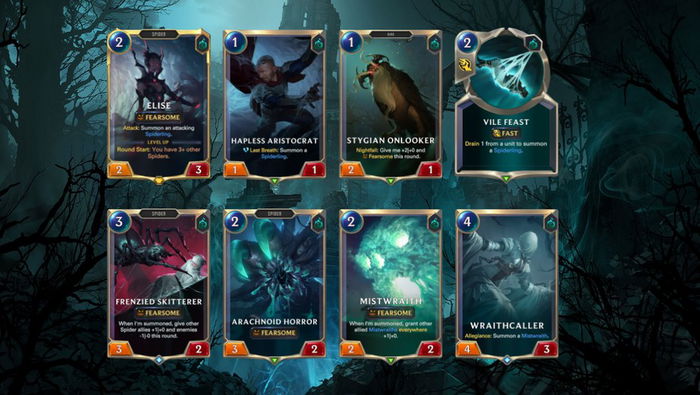
The cool part of the Rotation is in the name, as it rotates, and it may be that next year, with the arrival of new champions, with new identities, some aggressive cards may return to the region.
Another very beneficial part of the rotation is that the cards aren't being thrown into the trash - in fact, they're all still available in the Eternal format, which serves, as Riot itself put it, "to celebrate familiar cards, and explore their strengths and fantasies".
The Eternal is still revisited at the end of the season as a competitive focus as well. The last Runeterra Open of each ranked season is being played in the Eternal format, reinforcing the importance that these so-called familiar cards have, both for players and for the game's ecosystem.
Monthly Planning

So far, the monthly planning, from a fair point of view from the developers, has been a success. The promised deliveries, expansions, cosmetics, balances and everything were delivered on time and in line with what was promised. The illustrations on the new cards are getting more impeccable every day, and the balances so far have been somewhat accurate when it comes to nerfing cards and interactions that are said to be problematic for the standard format.
From the players' point of view, however, the monthly planning seems to have lacked special care when it comes to the details. Although the Runeterra Open was a success in terms of replacing seasonal tournaments, for example, this new tournament format was plagued with minor issues in its first edition, such as players exploiting certain interactions with their computer clocks to enter the tournament earlier, before everyone else, or other players exploring the game's matchmaking.
Apparently, if you lost too many games in a row, your MMR would get low enough for the game to treat you as a low-level player, allowing Master players to queue against novice Silver and Bronze players in the Open.
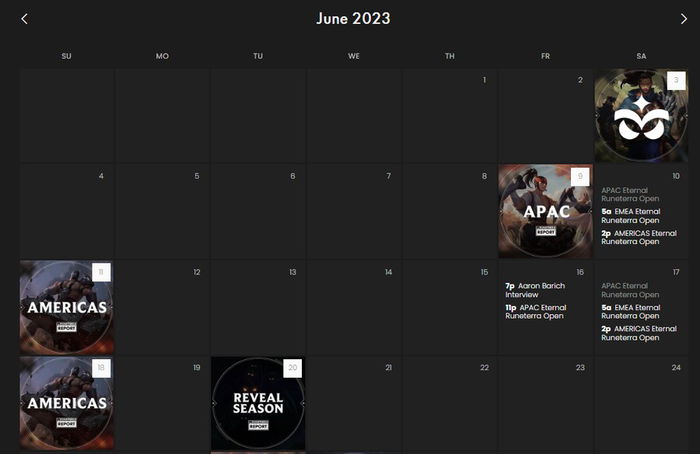
These problems were quickly acknowledged by Riot, which solved them by bringing two editions of the Runeterra Open in the Eternal format in May. The problem with this was that the Eternal format, unfortunately, is not as competitively expressive for the vast majority of older players.
And, in addition, the editions were made in two weekends in a row, which became quite tiring for the players. So, as much as Riot is really acknowledging the game's problems, the solutions weren't the best, reinforcing that feeling of lack of special care for the details.
Proximity with the Community

Of all Riot's gaming communities, Runeterra's is closest to developers on social media. And I'm certain that the work done by the company to sell the idea of rotation was extensively worked on and reinforced by articles and live streams.
The concern with the transparency that the company has when it comes to informing players about everything about the game is noticeable - be it about mechanics and specific card interactions, tournament dates, among others. The developers are very approachable and break language barriers several times to communicate with their players.
Out of all the topics in this article, this is the one that Riot has done the best since rotation came to the game. Every day seems to get better, actually.
Balancing Patches

Card balancing is a delicate subject as we enter a place in which personal taste and experience can weigh more heavily on one side than the other. However, one truth about card balancing so far is that it's been really inconsistent, and doesn't seem to follow a pattern.
To understand what's wrong with the balancing patches, it must first be mentioned that the process of rotating cards naturally decreases the strength of the set with fewer cards, that is, Standard will always be “weaker” than Eternal.
The first expansion after the rotation, Glory in Navori, brought very dominant mechanics and champions (with the exception of Jack) to the game, and, for a long time, the meta orbited those specific cards. One of the proposals of the new post-rotation champions was to bring a new identity to the expansion's featured regions: Noxus, Ionia, and Bilgewater.
Samira was supposed to bring a slightly more interactive form of Aggro to Noxus, Sett was supposed to bring a little better Midrange elements to Ionia, and Jack came up with the proposal to reinforce Combos for Bilgewater.
However, Samira deviated from its proposal, and performed competitively in several Control, aggressive and Combo decks. She has been featured on many lists in both Eternal and Standard formats, and so far, as of the last balance patch, more than one of her decks has been nerfed.
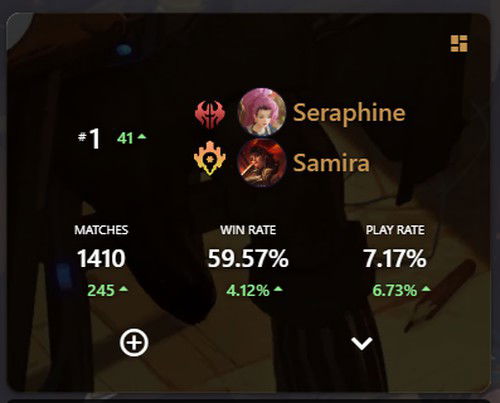
This differs greatly from the expansion Heart of the Huntress, in which all three champions came extremely weak, bringing a feeling to players, that as much as Riot has good ideas, it seems that they go overboard with their initial product too often, right when it is released.
Balancing solves these problems in parts, but arrive a little dated, and with some experimental changes that rarely make a difference to the game. As good as the developers are at what they do, it's impossible to compete with the experience of millions of players playing simultaneously, discovering mechanics and interactions all the time. Something will always slip away. I like to believe that the balancing experience would be worse if we didn't have the rotation, but even so, I believe it's possible to give better attention to cards as soon as they arrive in the game.
One thing that should be mentioned is Riot's vacation, which delayed the Siren Song hotfix, which provided players with one of the most polarized LoR metas ever. Of the six finalist decks in the July Open, five decks carried three copies of this card. Luckily, shortly after the tournament, the nerfs arrived and everything was back to normal.
Content
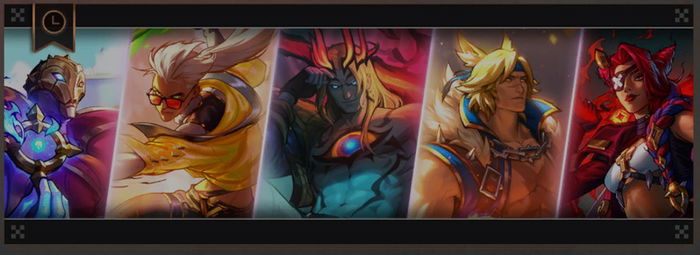
I believe that in terms of flavor, cosmetics, card arts, and the game's visuals are impeccable. But it is very little content.
A frequent complaint from players is that “there is nothing to spend money on, in LoR”; it seems that the game takes too literally the “free to play” philosophy that Riot has for its games. However, anyone who plays a physical and digital card game knows that one of the main motivations that leads someone to play them is the collectible factor.
The skins are a huge hit, and it looks like Riot has understood that this cosmetic is the biggest seller. But the company forgot that cosmetic sets are equally important to the game, and I, at least, am extremely annoyed that I don't have the board matching my skins and guardians.
In fact, it's been over a year since we've had new boards in the game, the last one being from the Star Guardians line. We understand that boards don't sell as much as skins, but going more than a year without a new one is a bit much.

Riot seems a bit behind on some trends in card games, and one of them is card rarities. So far, the only “premium” representation we have in the game are the prismatic cards, which, let's face it, are pretty, but they don't even come close to the premium cards of other games.
A while ago, Hearthstone added diamond cards to the game's premium rarities, and Marvel Snap brought several "rarities" with the cards borders, and artwork in black and white or completely gold.
Another content that has received a lot of complaints is the battle passes. It's frustrating to receive Silver and Bronze chests as a reward for something you paid for. There must be some better way to reward players with these chests from the pass, and really focus the paid content only on cosmetics or exclusive stuff.
Conclusion

This was my critical analysis of everything that happened from card rotation to Patch 4.7.0.
Don't forget to comment and share this article on social media. See you later!








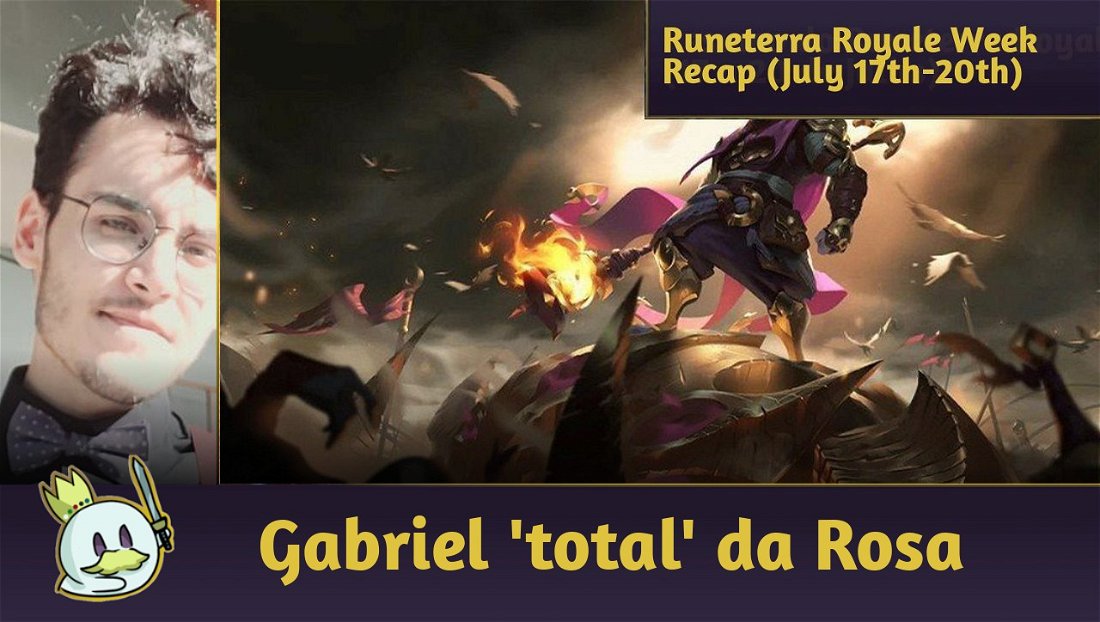
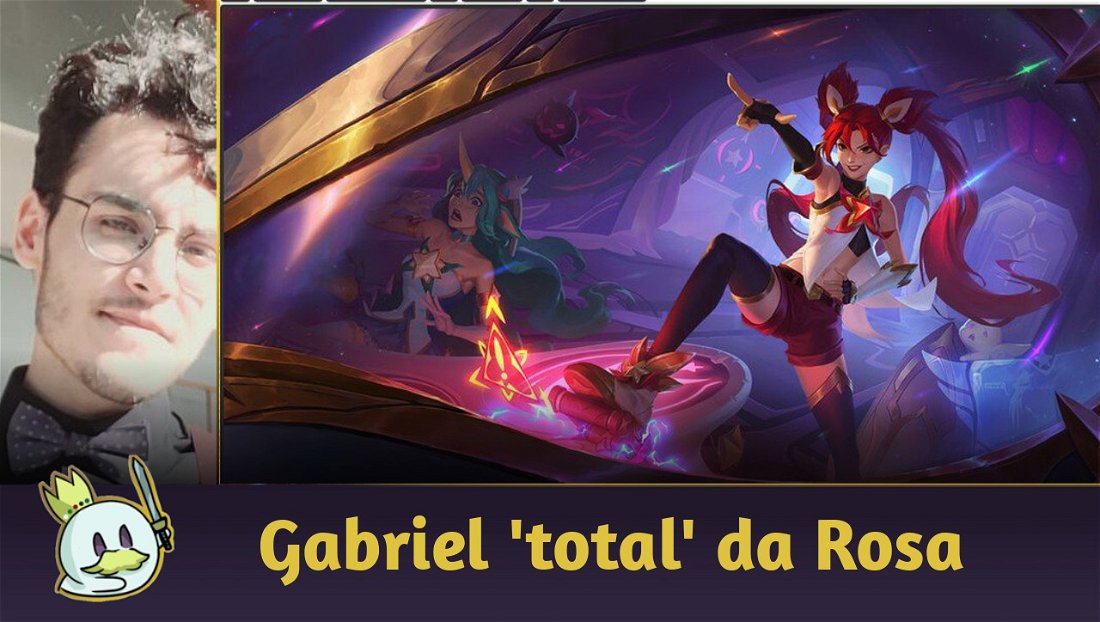



— 코멘트 0
, 반응 1
첫 댓글을 남겨보세요